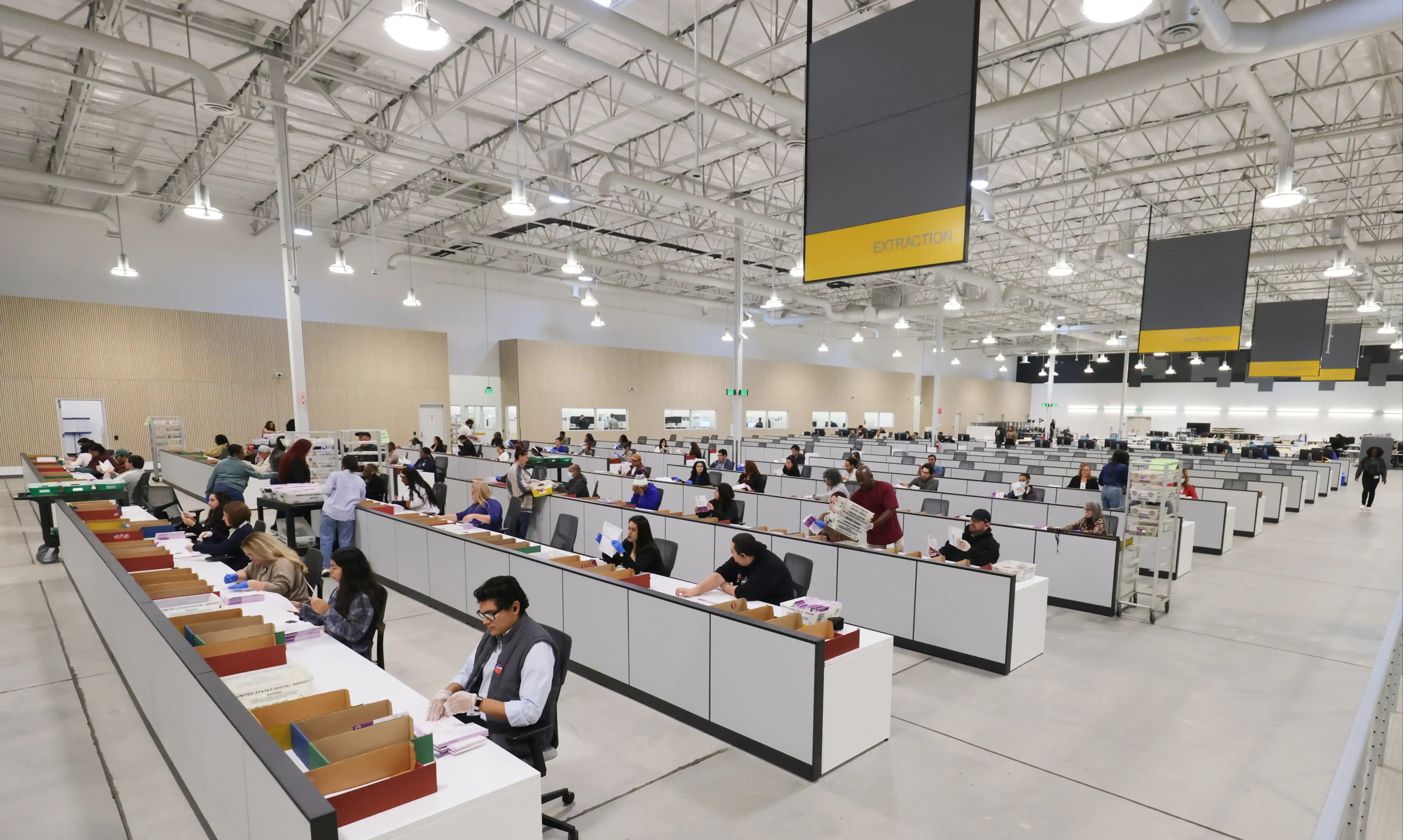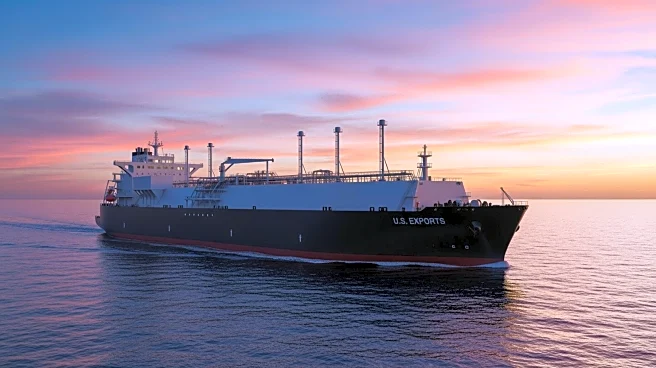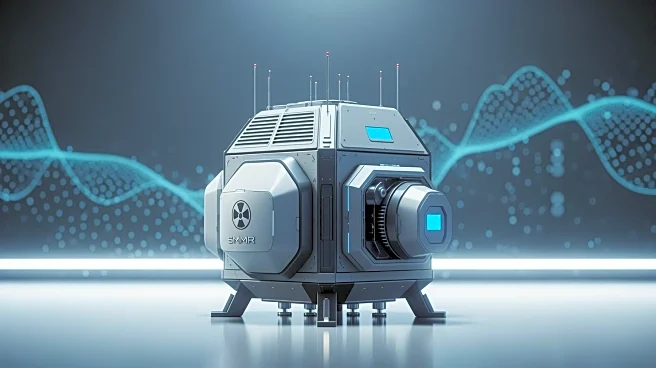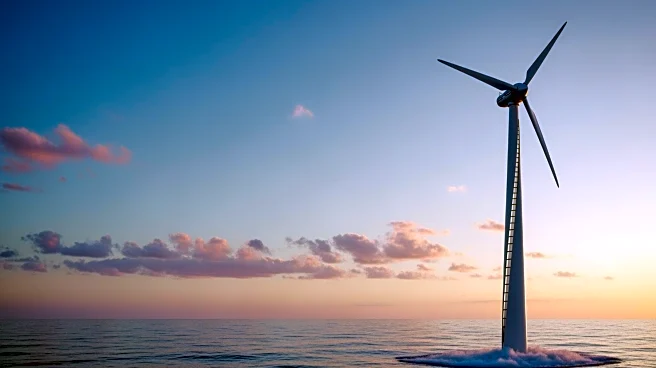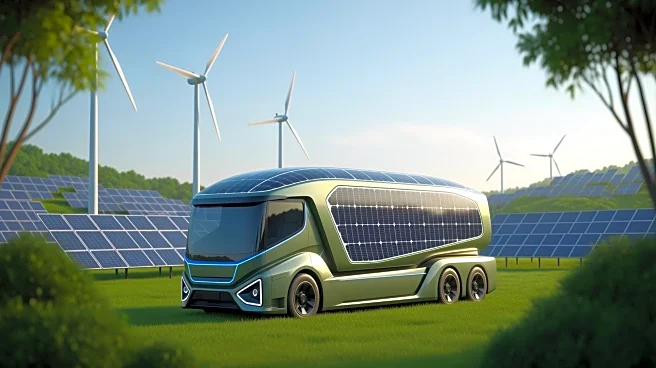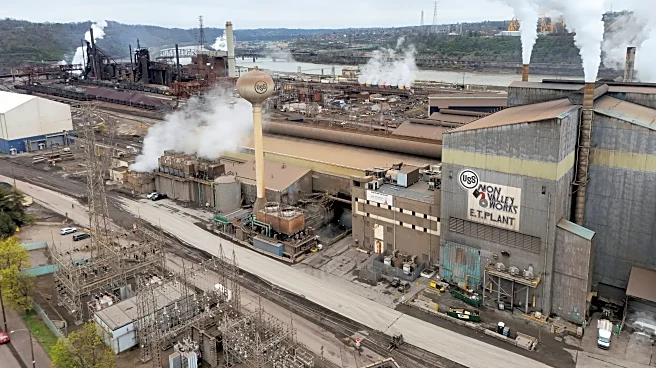What's Happening?
First American Nuclear has announced plans to establish its headquarters, manufacturing facilities, and an energy park in Indiana. The company specializes in small modular reactors (SMRs), which are advanced nuclear reactors with about one-third the generating
capacity of traditional nuclear power reactors. This initiative is part of Indiana's strategy to lead in American energy independence, as stated by Governor Mike Braun. The energy park will feature the first 'closed-fuel cycle' in U.S. history, reprocessing and reusing spent nuclear fuel on-site, which could eliminate 97% of long-lasting nuclear waste. The reactor, EAGL-1, is designed to create more fuel than it consumes, positioning it as a clean and renewable energy source.
Why It's Important?
The establishment of SMR facilities in Indiana is significant for several reasons. Economically, it promises to create 5,000 high-paying jobs, contributing to the state's economic growth. Environmentally, the use of SMRs could provide a cleaner energy alternative, reducing reliance on fossil fuels and decreasing nuclear waste. However, there is skepticism about the cost-effectiveness and safety of nuclear power compared to other renewable sources like wind and solar. Critics argue that nuclear power is not a viable solution to meet growing energy demands and that investments should focus on more established renewable technologies.
What's Next?
First American Nuclear is currently scouting locations for its facilities, with construction expected to begin in 2028. The company is also exploring economic and tax incentives offered by Indiana to support the development. Meanwhile, the debate over the viability and safety of nuclear power is likely to continue, with stakeholders from various sectors weighing in on the potential impacts of this initiative. The outcome of these discussions could influence future energy policies and investments in the state.
Beyond the Headlines
The introduction of SMRs in Indiana could have broader implications for the U.S. energy landscape. If successful, this model could be replicated in other states, potentially transforming the nuclear energy sector. However, it also raises ethical and environmental concerns about nuclear waste management and the long-term sustainability of nuclear power. The project could set a precedent for how nuclear energy is perceived and utilized in the future.


